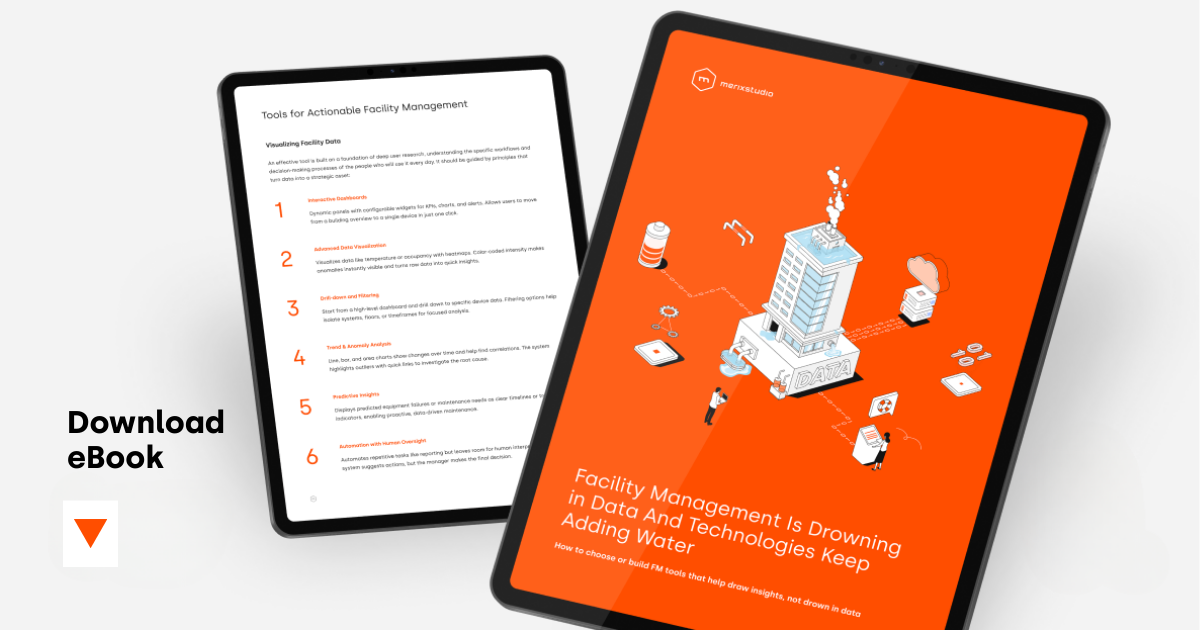What are the microservices and why they are so popular?
Microservices are a software architecture which assumes creating and developing services separately and assigning those parts a single feature to run. The components are related and communicate with each other (through protocols e.g HTTP, AMQP or TCP) but can be deployed independently. That is a major value of the approach which has significant consequences for software development and just to list some of the advantages:
- A tailor-made mix of technologies - microservices are the essence of PolyglotPersistence as you can use different programming languages and data storage technologies to provide customized solutions which suit the needs of particular service most
- Quicker changes - adding new features or performing other modifications in software takes less time than in monolithic architecture so it’s easier to adapt to changes on the market and in customers’ preferences.
- Better scalability - you don’t have to scale the entire app at once but just one specific unit or a few of them. The scalability is rapid, dynamic and asynchronous.
Well, companies like Netflix, BlaBlaCar, eBay, PayPal, Amazon or Twitter had to have a good reason to choose this solution. But when did it all start anyway? Watching an extreme hype around microservices you may think that the idea of is completely fresh but a history standing behind it might be much longer as a great part of experts classify it as service-oriented architecture (SOA) implementations. This approach is known for more than a decade but there are issues differ the concepts and one of the main is:
Microservices must be independently deployable, whereas SOA services are often implemented in deployment monoliths
Not involving deeper in the discussion you need to know that a great part of companies mix microservices with a monolith and also some in-between technologies to achieve a perfect solution that fits the most to their business goals.
Full-stack outsourced team - a perfect match for the microservices introduction?
If you’re determined on introducing microservices in your project you will probably confront a challenge of how to do it to ensure a high quality of the solution. You can build or extend your in-house team by hiring software engineers and be in control of the whole app development process but that might not be cost nor time effective. Considering the characteristic of microservices, you can gain much more with IT outsourcing. Why is that?
- Full-stack team and experienced developers
In a software house, you’ll find a whole range of IT experts so you are able to receive a perfectly composed software development team on the spot. With such a demanding process as building an intricate but efficient microservice architecture, you’ll need top developers with diverse experience. This will ensure choosing the most appropriate frontend and backend technologies for building the apps and also storing and managing data of each and every service. And a full-stack team is more than just devs! In complex and sophisticated projects like microservices, high involvement of Quality Assurance specialists seems to be inherent to provide indefectible performance. The same reasons will probably translate to a need of including some UX expert presence so a created app will meet the usability and accessibility requirements. All those people have not only a wide knowledge and experience but also most up-to-date as they just have to follow the latest trends to work with diverse projects and switch between them proficiently.
- Autonomous services made for remote work
As we mentioned every unit in a microservices architecture is deployed, scaled and upgraded independently so it’s easier to divide responsibilities between teams and let them work separately. That sets great conditions to entrust at least a part of tasks to an external company even if it requires remote collaboration. This can bring some fresh air and a new perspective to your project and microservices just call for out-of-the-box approach and engage creative developers.
- Agile roots of microservices
Agile underpins the microservices in terms of continuously-delivery and permanent adaptation to changing environment. This approach is not only the way of managing project but also a whole philosophy defining a working process in most of IT companies. If you consider implementing microservices you probably use Agile as well so should your external partner do. The approach will help to deal with advanced projects like migrating from a monolithic app to microservices to keep the right workflow in the whole software development process and effective communication. With experienced Project Managers and Scrum Masters on board, the difficulties that sooner or later appear will be both foreseen in advance and quickly overcame.
Why you shouldn’t use it? Cons of microservices
We won’t lie - microservices are not a silver bullet and we don’t recommend it to every client. Its complexity might turn into one big chaos when the project is not appropriately managed and premeditated. Better scalability is often achieved at the expense of lower performance and accessibility as the process of communication between single services might take extra time. It’s also more complicated to test and monitor microservices and provide accurate security. Building well-ordered and reliable architecture requires a high level of skills and profound analysis to isolate specific services as most companies have troubles to clearly define the boundaries between them. With these difficulties, it’s good to rely on an experienced expert who will support dealing with migration to microservices and squeeze as much as it can be from this hard but valuable technology.

.svg)






.svg)
.svg)
.avif)

.avif)
.avif)
.avif)
